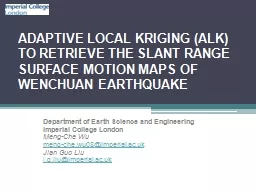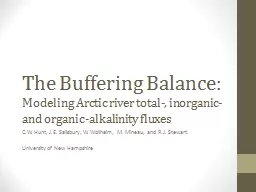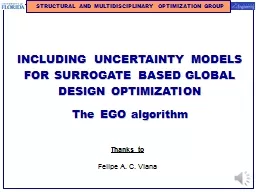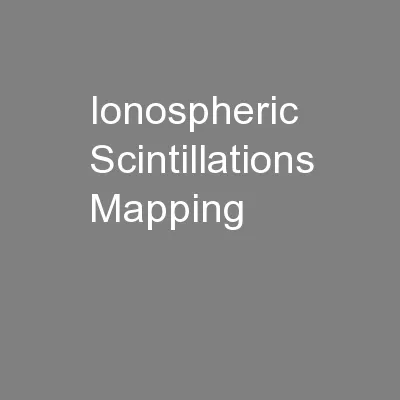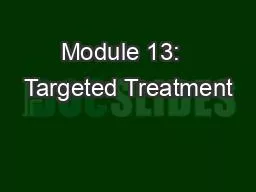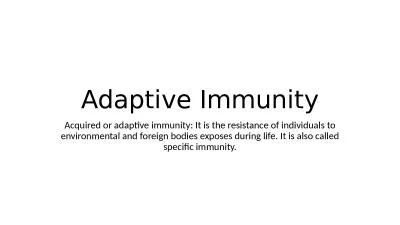PPT-ADAPTIVE LOCAL KRIGING (ALK) TO RETRIEVE THE SLANT RANGE SU
Author : pasty-toler | Published Date : 2017-03-20
Department of Earth Science and Engineering Imperial College London MengChe Wu mengchewu08imperialacuk Jian Guo Liu jgliuimperialacuk Outline Background amp Purpose
Presentation Embed Code
Download Presentation
Download Presentation The PPT/PDF document "ADAPTIVE LOCAL KRIGING (ALK) TO RETRIEVE..." is the property of its rightful owner. Permission is granted to download and print the materials on this website for personal, non-commercial use only, and to display it on your personal computer provided you do not modify the materials and that you retain all copyright notices contained in the materials. By downloading content from our website, you accept the terms of this agreement.
ADAPTIVE LOCAL KRIGING (ALK) TO RETRIEVE THE SLANT RANGE SU: Transcript
Download Rules Of Document
"ADAPTIVE LOCAL KRIGING (ALK) TO RETRIEVE THE SLANT RANGE SU"The content belongs to its owner. You may download and print it for personal use, without modification, and keep all copyright notices. By downloading, you agree to these terms.
Related Documents

